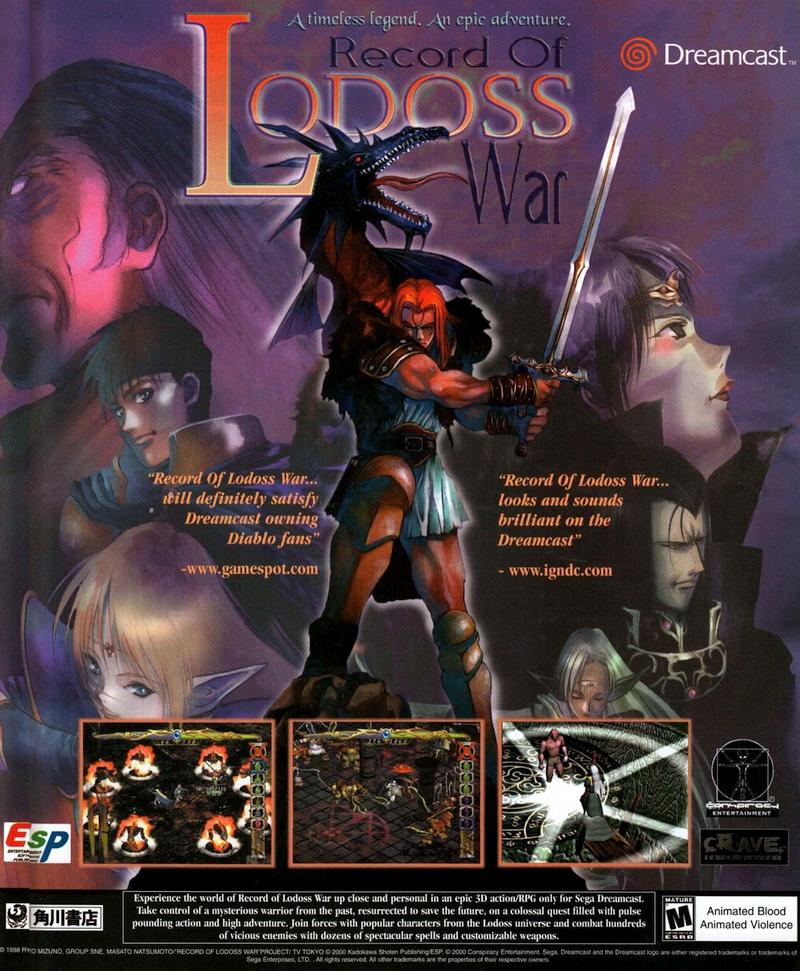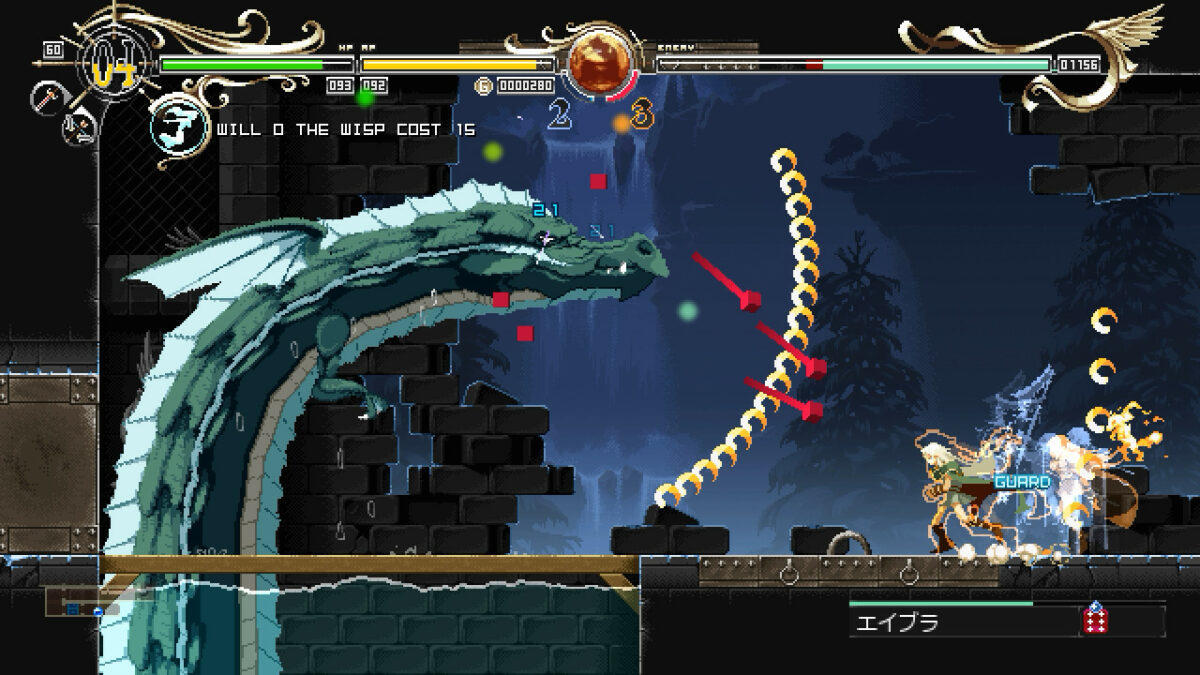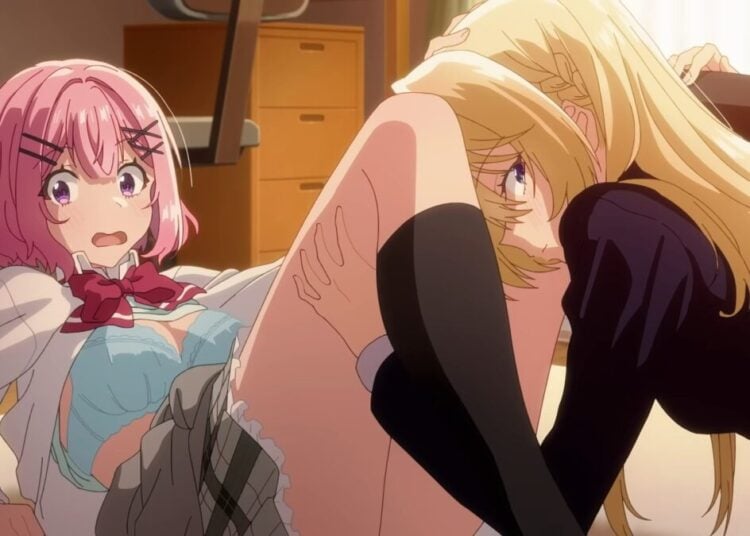Early last year, I dove into my first deep experience with the legendary game series Record of Lodoss War. I picked up the newest game in the series: Record of Lodoss War – Deedlit in Wonder Labyrinth. It was a good, short Metroidvania-style title that offers some solid gameplay and lovely pixel art and nails its PS1 aesthetic so well that the first trailer I saw made me believe it was a Castlevania: Symphony of the Night mod. I had heard of the franchise before, but I was unaware of how much influence or history was behind it and how much it wears its inspiration on its sleeve throughout its entirety.
Humble Beginnings
Record of Lodoss War is one of the most famous Dungeons & Dragons “replays,” which are essentially retellings of a D&D campaign in a biographical format, detailing the game’s story. To emphasize just how early — this was before even Advanced Dungeons & Dragons hit the market. Starting as a serialization in the Japanese magazine Comptiq, it ran for about two years. It proved so popular that the dungeon master for that particular game, Ryo Mizuno, aimed to expand the world of their campaign by working on an official novelization.
From 1988, these books would be some of the earliest Japanese-origin high fantasy fiction novels. Several of Japan’s most well-known fantasy franchises would begin around the same time (Dragon Quest) or a few years after (Fire Emblem, Slayers). It’s hard to say if Record of Lodoss War was the direct inspiration behind those, but the timing is definitely there.
It is worth noting that though it has its roots in D&D, Record of Lodoss War was eventually brought into Ryo Mizuno’s Sword World system, which took several aspects of D&D and changed them to avoid copyright issues while also getting around the difficulty of finding tabletop RPG dice in Japan at that time. It’s important to state that high fantasy settings were not unheard of in Japan before this. But RPGs such as Record of Lodoss War and Dragon Quest played a pivotal role in raising awareness and popularity for the genre.
So what makes Record of Lodoss War so unique? From a modern Western perspective: nothing really. It’s a basic fantasy setting, complete with elves, dwarves, kobolds, dragons, and big men with big armor, wielding even bigger swords. But there’s strength to be found in simplicity when it’s executed well, and it’s vital to remember that this was a pretty new concept to Japan at the time. The novelization tidied up the narrative, solidified the characters’ personalities, and is what the anime series is based on.
The Premise and the Media
Set in the cursed land of Lodoss, the story of Record of Lodoss War centers around the adventures of the novice knight, Parn; high elf, Deedlit; wise magician, Slayn; axe-wielding dwarf, Ghim; soft-spoken cleric, Etoh; and the crafty thief, Woodchuck. Together, they set out across the war-torn lands on a sprawling quest that begins in Parn’s hometown but will end with the very fate of Lodoss hanging in the balance. As I said, it’s pretty standard stuff. But it plays it so straight and with such dedication to the genre that any viewer is bound to get invested in either the characters or the setting itself. What the story lacks in originality, it makes up for in ambition and execution.
The whole time my wife and I watched the OVA, I could see exactly where the framework of their tabletop campaign was. It was a blast trying to piece together in my head where rolls went awry or when the players made unexpected moves. The series is a visual treat for those like me who got into anime during the era of hand-drawn cel frames. The art positively leaps from the screen with intricate detail and smooth animation that puts even some modern titles to shame. The orchestral score elevates the action to new heights, and it all comes together to make the series so much better than the sum of its parts. Due to the release timing, the story began to deviate from the novelization near the end. Yet it still felt complete by the end.

The TV series Record of Lodoss War – Chronicles of the Holy Knight would adapt the story more faithfully. We have yet to finish that, so I will refrain from speaking about it here. Due to the success of these stories, the series branched off into manga, movies, and video games. And it goes full circle back to a tabletop RPG by the end. This is a vast, fleshed-out world with many stories to tell. Unfortunately, many of those stories are still stuck without proper translation. The pieces of the franchise that did make it out of Japan are so far apart that the franchise was never able to stay in fans’ minds.
A friend of mine had his first exposure to the franchise through the English release of the Dreamcast entry, Record of Lodoss War – Advent of Cardice. Much like how the main story demonstrates its love of the Tolkien-esque, Advent of Cardice is an unapologetic Diablo clone developed by Neverland, creators of Lufia and Rune Factory. It’s a shame this didn’t make it to other platforms, as it’s a pretty decent RPG centered on an original character and would remain the only Lodoss console game to get an international release for about 20 years.
An Enduring Legacy
Finally, Record of Lodoss War: Deedlit in Wonder Labyrinth, as mentioned earlier in this article, is a fantastic Metroidvania-style game set after the events of the anime series and stars Deedlit as she explores the titular Wonder Labyrinth. During her adventure, she stumbles across old friends and enemies who should not be here. Developed by Team Ladybug of Touhou Luna Nights fame, this title was made under the supervision of Mizuno.
Knowledge of the franchise is not required to get enjoyment out of it. But you’ll get so much more from it if you have at least watched the OVA. If you are even slightly interested, I highly recommend picking it up since it is available on all modern consoles and Steam for around $20 USD. If you only want to watch the OVA, the whole series is available on Crunchyroll in both sub and dub.

In researching the franchise for both this article and my own enjoyment, I was surprised to see how far this series stretched out and how many links to other famous works it had. This is a series any fan of high fantasy or D&D should check out. At the very least, watch the first episode for the art and animation alone. Some may not appreciate just how far it leans into its inspirations. But it’s hard to deny that this franchise is endearing in its real-world history and fictional story. From a group of friends playing D&D in their home to a franchise so big it’s still going over 30 years later, Record of Lodoss War is sincerely humble and lovably genuine in every way. Don’t miss it.



![Sawaranaide Kotesashi Kun Episode 12 [END] Featured Image](https://blog.jlist.com/wp-content/uploads/2025/12/Sawaranaide-Kotesashi-kun-Episode-12-END-Featured-Image-750x536.jpg)











